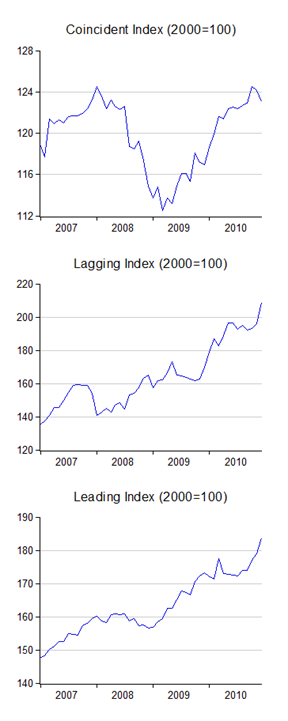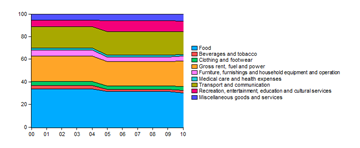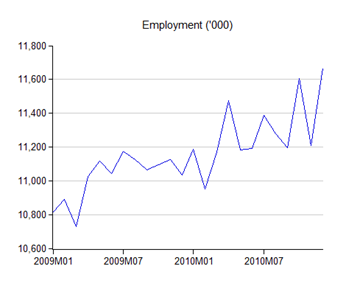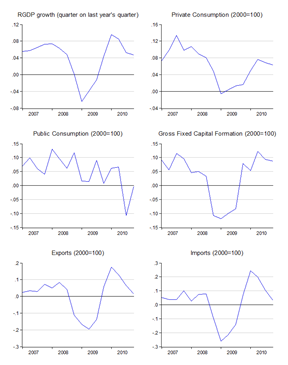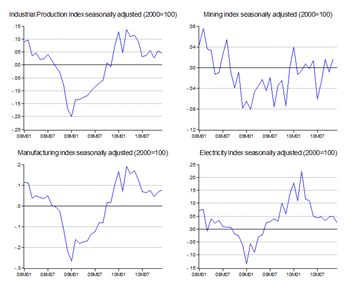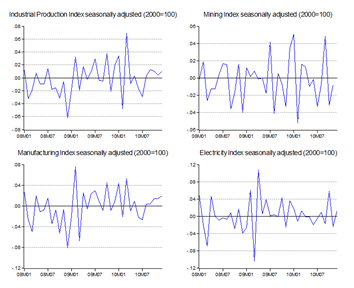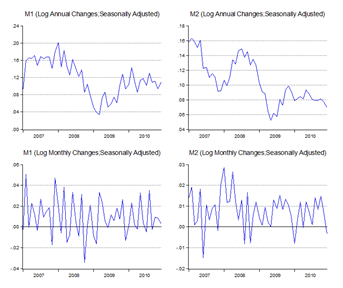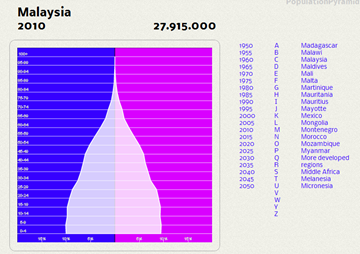I really like this article, not least because it backs some of my instincts regarding some of the underlying issues underlying Malaysia's low-wage problem:
Inequality, leverage and crises
Michael Kumhof & Romain RancièreOf the many origins of the global crisis, one that has received comparatively little attention is income inequality. This column provides a theoretical framework for understanding the connection between inequality, leverage and financial crises. It shows how rising inequality in a climate of rising consumption can lead poorer households to increase their leverage, thereby making a crisis more likely.
The US has experienced two major economic crises during the last century – 1929 and 2008. There is an ongoing debate as to whether both crises share similar origins and features (Eichengreen and O'Rourke 2010). Reinhart and Rogoff (2009) provide and even broader comparison.
One issue that has not attracted much attention is the impact of inequality on the likelihood of crises. In recent work (Kumhof and Ranciere 2010) we focus on two remarkable similarities between the two pre-crisis eras. Both were characterised by a sharp increase in income inequality, and by a similarly sharp increase in household debt leverage. We also propose a theoretical explanation for the linkage between income inequality, high and growing debt leverage, financial fragility, and ultimately financial crises.
